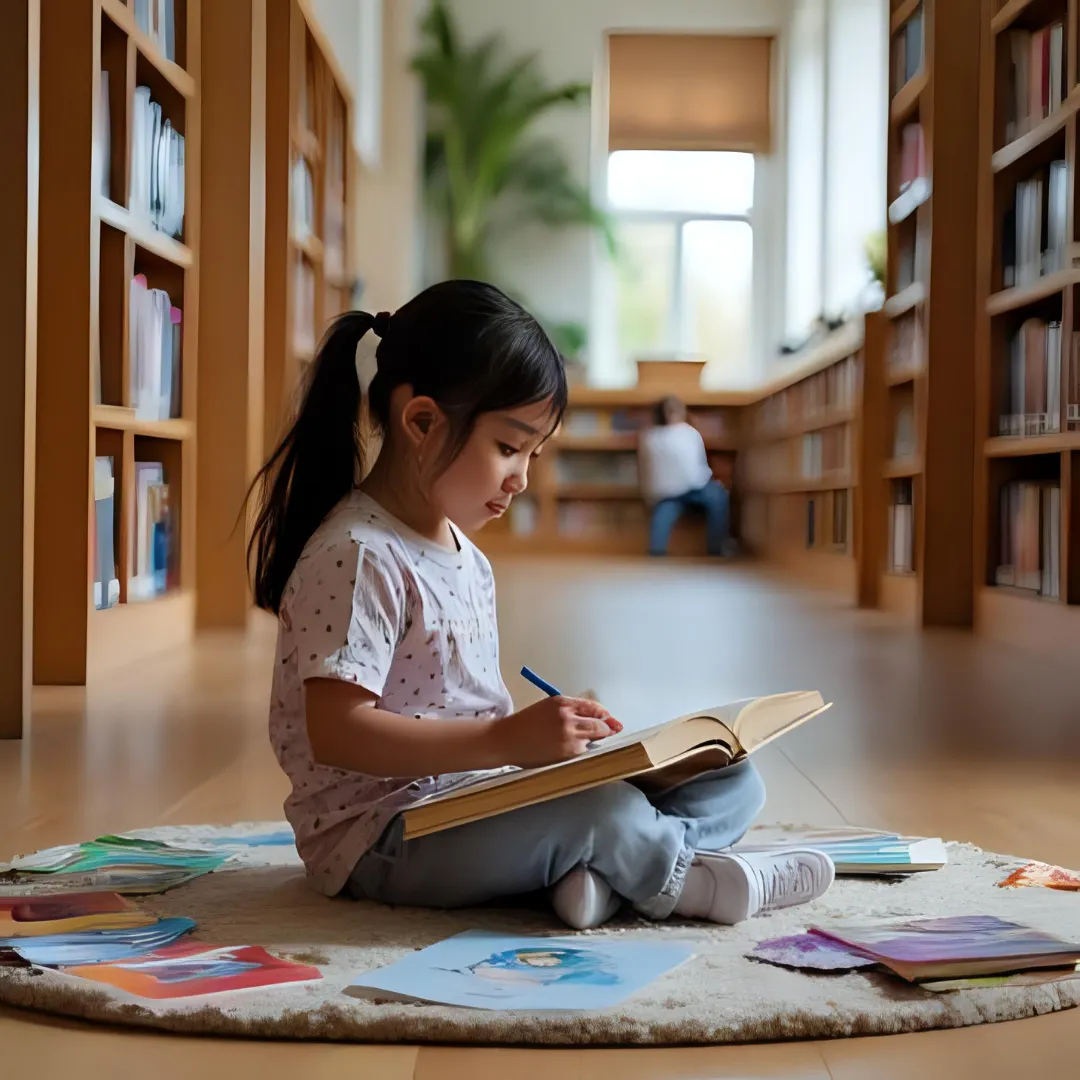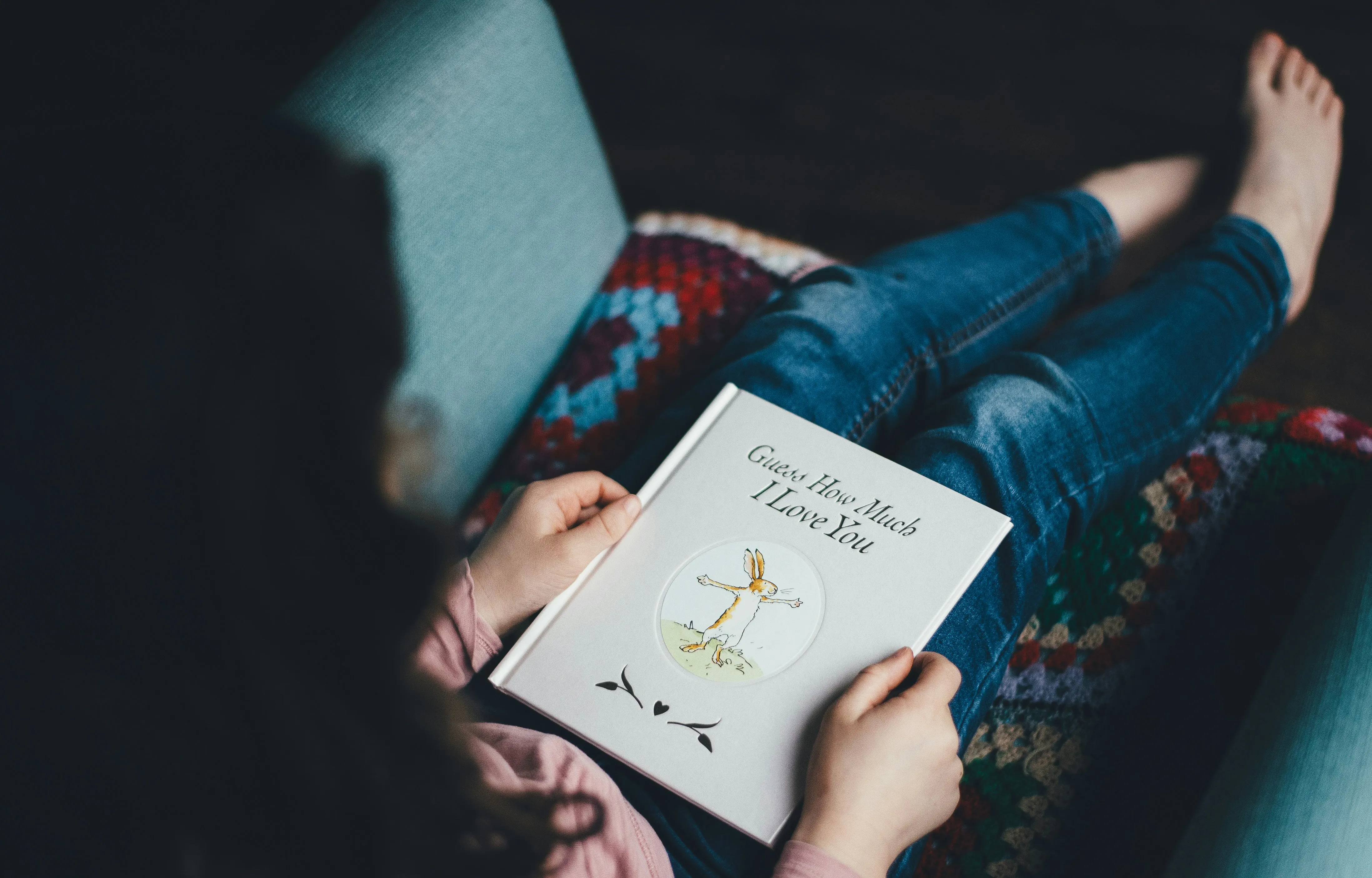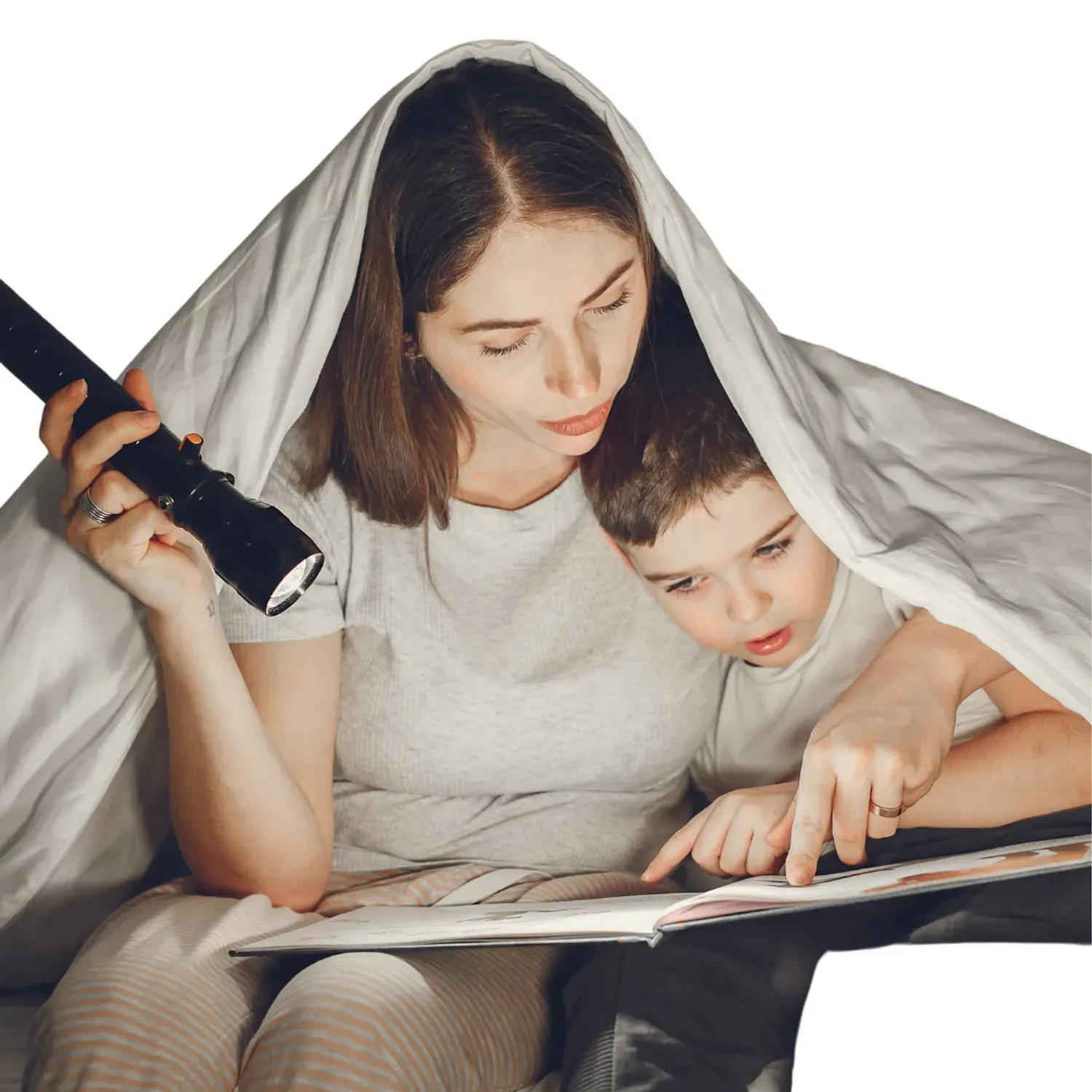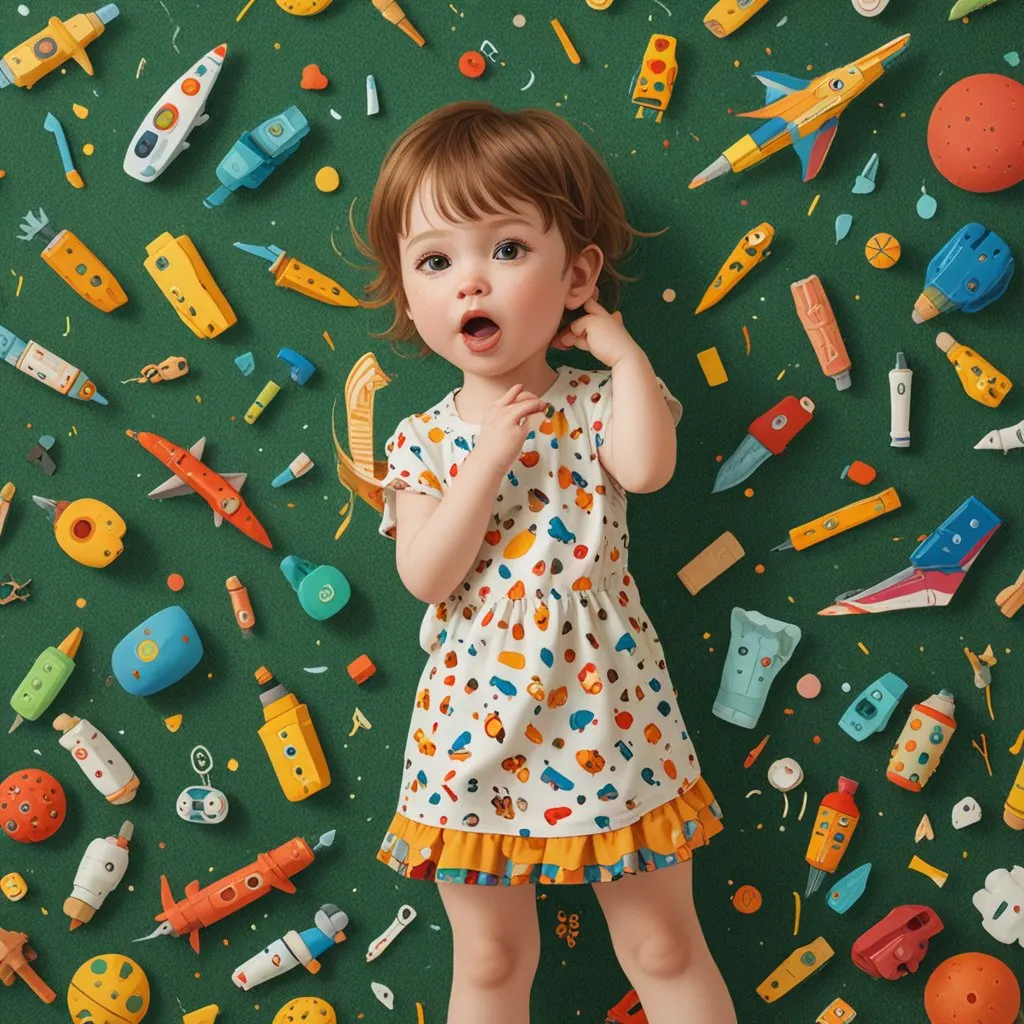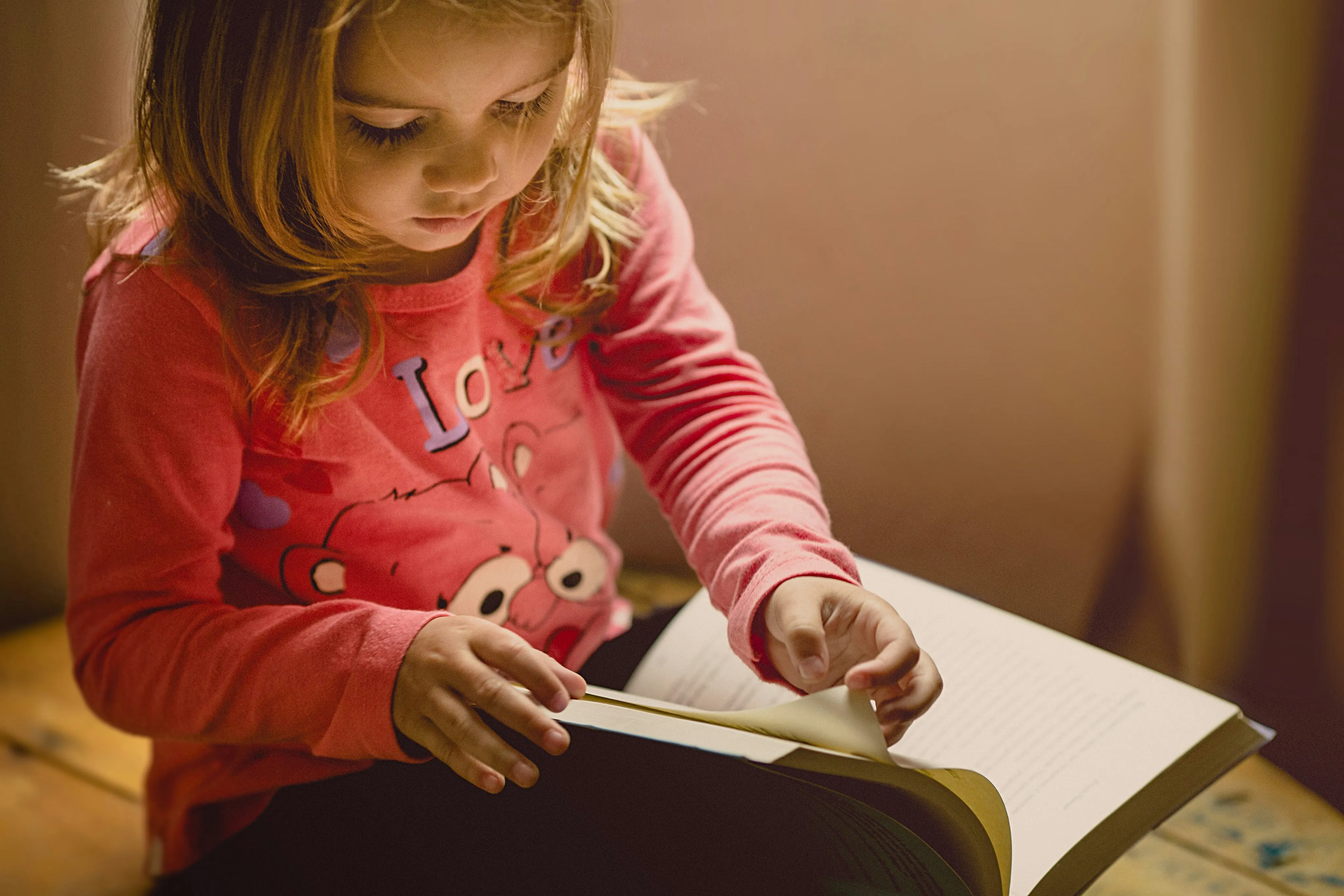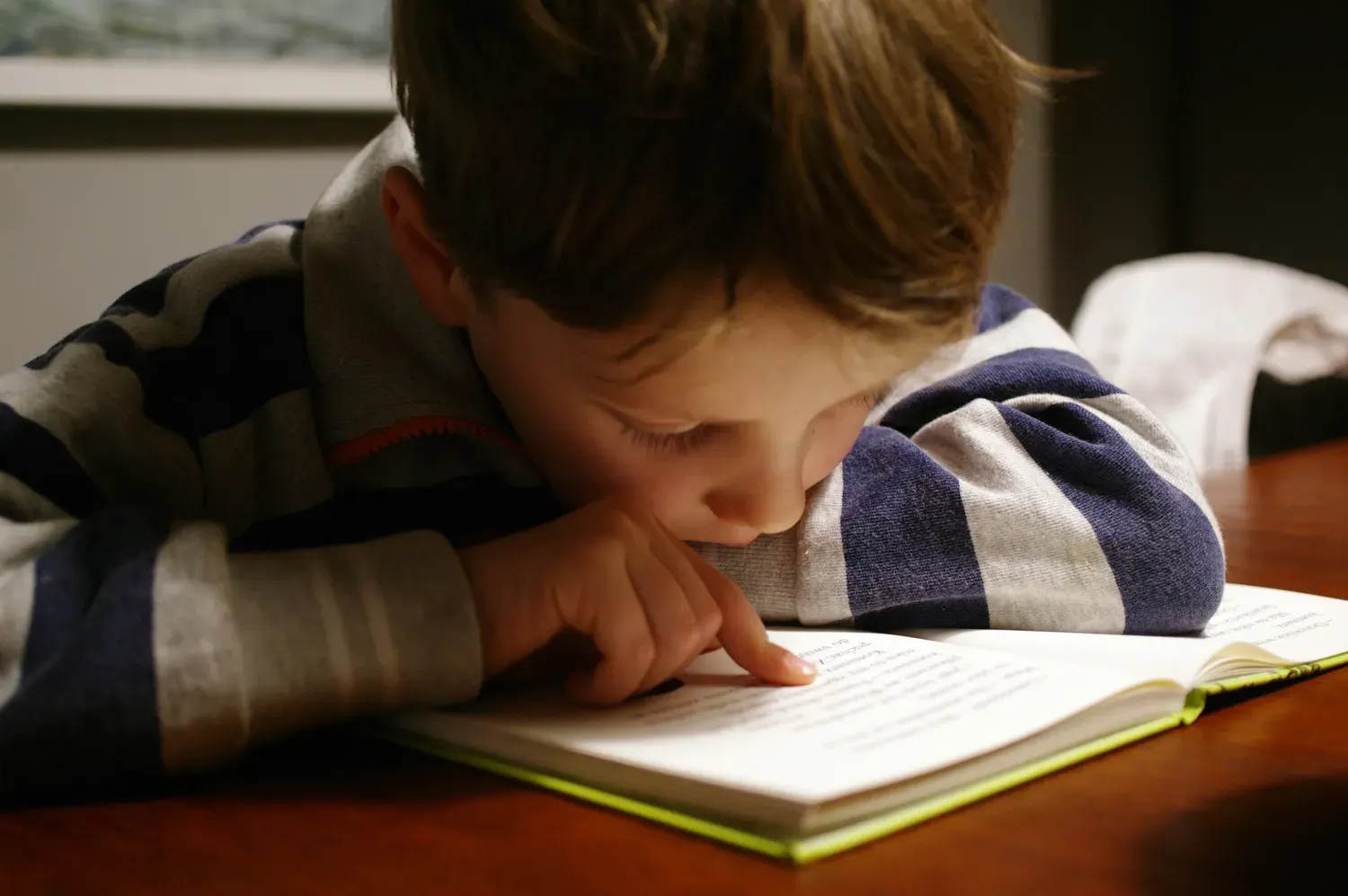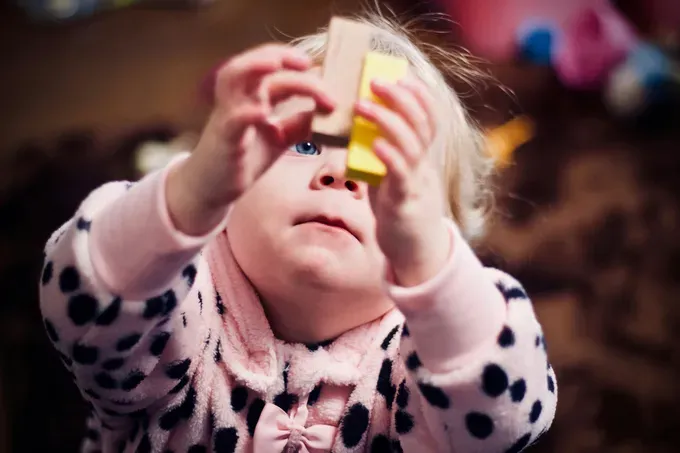Baby’s First Bath: How to Bathe a Newborn
Baby First Bath: Essential Tips for Newborn Care

Key Highlights
- A baby's first bath is an important moment for both parents and newborns.
- It is recommended to wait until the umbilical cord falls off before giving your baby a full bath.
- Sponge baths are a safe and gentle way to clean your baby until the cord stump heals.
- Make sure to gather all the necessary supplies, such as a baby bathtub, baby soap, clean cloth, and baby shampoo.
- Always check the water temperature to ensure it's warm, not hot. Safety is key during bath time.
- Follow a step-by-step guide for bathing your newborn, starting with a sponge bath and transitioning to tub baths.
- Monitor your baby closely during bath time and ensure a secure grip to prevent accidents.
- Remember to dry your baby thoroughly and keep the room warm to keep them comfortable.
- Bath time can be a fun and bonding experience for both you and your baby. Enjoy this special time together!
Introduction

Giving your newborn baby their first bath can be an exciting and nerve-wracking experience for new parents. It's a special moment that marks a major moment in your baby's early life. But it's also important to approach it with caution and ensure that your baby is safe and comfortable throughout the process. In this blog, we will guide you through the steps of bathing a newborn, from understanding the importance of their first bath to providing safety tips during bath time.
Understanding the Importance of Your Baby's First Bath
The first bath for your newborn serves several important purposes. During pregnancy, your baby is surrounded by amniotic fluid, and this fluid can remain on their skin after birth. Giving them their first bath helps to remove any traces of the amniotic fluid and ensure that their skin is clean and fresh.
Babies have delicate skin that is more susceptible to irritation and dryness. A gentle bath can help to keep their skin clean and moisturized, preventing any potential skin issues. It is important to use baby-specific products that are gentle and free from harsh chemicals. This will help to keep your baby's skin soft and protected.
Additionally, the first bath is a great opportunity for bonding with your baby. The warm water and loving touch can create a sense of security and comfort for your little one. It is a time for you to connect with your baby and make them feel loved and nurtured.
The Right Timing for the First Bath
The timing of your baby's first bath is crucial. It is recommended to wait until the umbilical cord stump falls off before giving your baby a full bath. The umbilical cord stump needs time to heal and dry out, and exposing it to water too soon can increase the risk of infection.
Waiting for the umbilical cord stump to fall off also allows your baby's body temperature to stabilize. Newborns are not able to regulate their body heat effectively, and a bath too soon after birth can cause them to become cold and potentially lead to a drop in blood sugar levels.
It's important to monitor your baby's body temperature during bath time to ensure they are comfortable. Keep the room warm and have a soft towel or blanket ready to wrap them in immediately after the bath. This will help to maintain their body heat and prevent any discomfort.
Benefits of Waiting a Few Days Post-Birth

The American Academy of Pediatrics and the World Health Organization recommend waiting a few days after birth before giving your baby their first full bath. This recommendation is based on the understanding that delaying the first bath allows for better bonding between parent and baby, helps regulate body temperature, and protects the delicate skin of the newborn.
Delaying the first bath allows the newborn to have prolonged skin-to-skin contact with the parent, which promotes bonding and breastfeeding. The amniotic fluid and vernix, a waxy substance that covers the baby's skin at birth, also have protective properties that are beneficial for the baby's health.
Furthermore, delaying the first bath can help maintain the baby's body temperature. Newborns are not able to regulate their body heat effectively, so waiting a few days allows their body temperature to stabilize and prevents them from becoming cold during bath time.
Delaying the first bath also protects the delicate skin of the newborn. The amniotic fluid and vernix provide a natural moisturizer and protective barrier for the baby's skin. By waiting a few days before bathing, you allow the skin to retain these protective properties and prevent dryness or irritation.
Preparing for Your Baby's First Bath

Before giving your baby their first bath, it's important to gather all the necessary supplies and create a safe and comfortable environment. Here are some essential items you will need:
- Baby bathtub: Choose a bathtub specifically designed for newborns to ensure their safety and comfort. Look for one with a non-slip surface and a secure grip.
- Essential supplies: Gather baby soap, a clean cloth, baby shampoo, a soft washcloth, and a clean diaper. These items will be used during the bath to clean your baby gently.
- Flat surface: Prepare a flat surface, such as a changing table or a counter next to a sink, where you can safely lay your baby during the bath. Make sure the surface is clean and padded with a towel or blanket for added comfort.
By having these supplies ready and setting up a safe and comfortable space, you can ensure that your baby's first bath is a positive and enjoyable experience for both of you.
Essential Supplies Checklist
Before giving your baby their first bath, it's important to have all the necessary supplies within reach. Here's a checklist of essential items you will need:
- Baby soap: Choose a gentle, fragrance-free baby soap that is specifically formulated for newborns. Avoid using regular soap, as it can be too harsh for their delicate skin.
- Clean cloth: Use a soft and clean washcloth to gently clean your baby's body during the bath. Make sure the cloth is made from a gentle material that won't irritate their skin.
- Baby shampoo: Look for a mild and tear-free baby shampoo to use when washing your baby's hair. Be careful to avoid getting shampoo in their eyes, as it can cause discomfort.
- Diaper: Have a clean diaper ready to put on your baby after the bath. Make sure it is the right size and fits snugly to prevent any leaks.
- Towel: Use a soft and absorbent towel to dry your baby after the bath. Make sure it is clean and free from any rough or irritating materials.
Having these essential supplies ready will ensure that you can give your baby a safe and comfortable bath experience.
Choosing the Perfect Time and Place

Choosing the right time and place for your baby's first bath is crucial to ensure a calm and comfortable experience. Here are some factors to consider:
- Family member availability: It's helpful to have another family member present during the bath to assist you and provide support. This can be especially beneficial for first-time parents who may feel nervous or unsure.
- Quiet environment: Find a quiet and peaceful space where you and your baby can have a relaxing bath. Minimize distractions and noise to create a calm atmosphere.
- Warm room: Ensure that the room where you will be bathing your baby is warm and comfortable. A colder room can make your baby feel uncomfortable and may lead to them becoming cold during the bath.
By choosing the perfect time and place, you can create a soothing environment for your baby's first bath and make it a positive experience for both of you.
Step-by-Step Guide to Bathing Your Newborn
Bathing a newborn may seem daunting at first, but with a little practice and the right approach, it can become a routine that both you and your baby enjoy.
Here is a step-by-step guide to bathing your newborn:
Step 1: Sponge Bath Method
- Prepare a clean and warm area for the sponge bath, such as a changing table or counter next to a sink.
- Undress your baby and lay them on a flat surface. Keep one hand on them at all times to ensure their safety.
- Dip a soft washcloth or sponge in warm water and gently wipe your baby's face, neck, arms, and diaper area. Avoid wetting the umbilical cord stump.
- Use baby soap sparingly to clean any soiled areas, making sure to rinse thoroughly.
- Dry your baby gently with a clean towel, paying special attention to skin folds and creases.
- Put on a fresh diaper and dress your baby in clean clothes.
Here's a good article about baby's first diaper change. Click here
Step 2: Transitioning to Tub Baths
- Once the umbilical cord stump has fallen off and healed, you can transition to tub baths.
- Use an infant tub filled with warm water, ensuring that it is not too deep. Support your baby's head and neck while placing them in the tub.
- Use a soft washcloth or sponge to clean your baby's body, starting from the top and working your way down.
- Gently wash your baby's hair and scalp using a mild baby shampoo. Be careful not to get water and shampoo in their eyes.
- Rinse your baby thoroughly with warm water, making sure to remove all soap and shampoo.
- Lift your baby out of the tub and wrap them in a warm towel, drying them gently. Apply lotion if desired and dress them in clean clothes.
Step 3: Washing Your Baby's Hair and Scalp
- To wash your baby's hair and scalp, gently wet their head with warm water using a cup or your hand.
- Apply a small amount of mild baby shampoo to your hand and lather it gently onto your baby's scalp.
- Use your fingers or a soft brush to massage the shampoo into their scalp and remove any dirt or flakes, such as cradle cap.
- Rinse your baby's hair thoroughly with warm water, making sure to remove all shampoo.
- Use a soft towel to gently dry their hair, being careful not to rub too harshly on their delicate scalp.
- Avoid using any harsh products or excessive scrubbing, as this can irritate your baby's scalp and cause discomfort.
Step 1: Sponge Bath Method
Gently lay your baby on a flat surface using a towel for support. Use a damp washcloth or soft washcloth with warm water to wipe your baby's face and body. Pay special attention to the diaper area, creases, and folds. Start with the eyes and clean towards the ears. Then, wash the rest of the body, ending with the baby's genital area. Ensure you keep your baby warm throughout. Dry carefully and promptly.
Step 2: Transitioning to Tub Baths
Transitioning to tub baths is an exciting milestone in your baby's bathing routine. Once your newborn's umbilical cord stump falls off and the area heals, typically within 1-4 weeks, you can start using a baby bathtub. Ensure the water temperature is around 100.4°F (37°C) and always check with the inside of your wrist. Support your baby's head and neck securely, and use a gentle baby soap for a comfortable and safe bath experience. Remember, never leave your baby unattended during bath time.
Step 3: Washing Your Baby's Hair and Scalp
Gently wet your baby's head with a damp washcloth or your hand to prevent water and soap from getting into their eyes. Using a mild baby shampoo, create a lather and delicately massage their scalp with soft motions, being careful around the fontanel, or soft spot. Rinse thoroughly, ensuring no soap residue remains. Remember, babies lose a lot of heat through their heads, so keep it brief to maintain their body heat.
Safety Tips During Baby's Bath Time
Ensuring your baby's safety during bath time is of utmost importance. Here are some safety tips to keep in mind:
- Monitor water temperature: Always check the water temperature before placing your baby in the tub. Use the inside of your wrist or elbow to test the water and ensure it is comfortably warm, not hot.
- Ensure a secure grip: Keep a secure grip on your baby at all times during the bath to prevent accidental slips or falls. Use one hand to support their head and neck, while the other hand bathes them.
- Watch out for slippery surfaces: Make sure the surface where you are bathing your baby is non-slip and free from any hazards. Use a bath mat or towel to provide extra traction.
- Stay within arm's reach: Never leave your baby unattended during bath time. They can drown in just a few inches of water, so it's important to stay within arm's reach at all times.
By following these safety tips, you can ensure that your baby's bath time is a safe and enjoyable experience for both of you.
Monitoring Water Temperature
The temperature of the water is crucial for your baby's comfort and safety during bath time. It's important to monitor the water temperature to ensure it is just right. Here are some tips for monitoring water temperature:
- Set your water heater temperature: Adjust your water heater to a safe temperature to prevent scalding. The ideal temperature for bath water is between 37°C and 38°C.
- Use a bath thermometer: Invest in a bath thermometer to accurately measure the water temperature. This will help you ensure that the water is not too hot or too cold for your baby.
- Test the water with your wrist or elbow: Before placing your baby in the tub, test the water temperature using the inside of your wrist or elbow. It should feel comfortably warm, not hot.
- Check for hot spots: Stir the water in the tub to ensure that there are no hot spots. Hot spots can occur when the water is not evenly heated and can cause burns to your baby's delicate skin.
By monitoring the water temperature and taking the necessary precautions, you can ensure that your baby's bath is safe and comfortable.
Ensuring a Secure Grip
Keeping a secure grip on your baby during bath time is essential to prevent accidents and ensure their safety. Here are some tips for ensuring a secure grip:
- Keep one hand on your baby at all times: Never leave your baby unattended in the tub. Keep one hand on them at all times to provide support and prevent slips or falls.
- Use a non-slip surface: Place a non-slip mat or towel on the bottom of the tub to provide extra traction and prevent your baby from sliding.
- Dry your hands and your baby: Ensure that your hands are dry before picking up your baby. Also, make sure your baby is dry before lifting them out of the tub to prevent them from slipping out of your hands.
- Wrap your baby in a dry towel: After the bath, wrap your baby in a warm, dry towel to keep them comfortable and secure. This will help prevent them from slipping while you dry them.
By following these tips and maintaining a secure grip on your baby, you can ensure their safety during bath time.

After the Bath: Drying and Dressing Your Newborn
After the bath, it is important to dry the baby's skin thoroughly. Use a soft and absorbent towel to pat the baby dry, paying special attention to the skin folds and creases. Avoid rubbing the skin vigorously, as it can cause irritation.
Once the baby is dry, it is time to dress them in clean and comfortable clothing. Lay the baby on a soft surface, such as a changing table, and use a clean diaper and clothes. Ensure that the clothing is loose-fitting and made from breathable fabric to prevent irritation and allow for proper air circulation.
Proper Drying Techniques
Proper drying techniques are essential to keep your newborn comfortable and prevent skin issues. After the bath, use a soft washcloth or towel to gently pat the baby's skin dry. Pay special attention to areas where excess water may accumulate, such as skin folds and creases.
Avoid rubbing the skin vigorously, as it can cause irritation and damage the delicate skin of the newborn. Instead, gently press the washcloth or towel against the skin to absorb the moisture. Take your time and ensure that all areas are thoroughly dried before dressing the baby. This will help prevent dampness and reduce the risk of skin irritations or infections. Remember to be gentle and handle the baby's delicate skin with care.
Selecting Appropriate Post-bath Clothing
Choosing the right clothing for your baby after a bath is crucial for their comfort and well-being. Start by ensuring that the baby has a clean and dry diaper. This will help prevent diaper rash and keep the baby feeling fresh.
Next, consider the baby's body heat. If the weather is warm, opt for lightweight and breathable clothing that allows the skin to breathe. On the other hand, if it's cold, choose warm and cozy clothing that will help retain body heat.
It's important to select clothing that is comfortable and easy to put on. Look for clothing with snaps or buttons that make it easy to dress and undress the baby. Avoid clothing with tight elastics or rough seams that could irritate the baby's sensitive skin. Remember to dress the baby in layers, so you can easily adjust their clothing to keep them comfortable throughout the day.
How Often Should You Bathe Your Newborn?
One of the common questions new parents have is how often they should bathe their newborn. The frequency of baths for a newborn baby depends on their skin care needs and individual circumstances.
In the first few weeks, it is recommended to give your baby sponge baths until the umbilical cord stump falls off. This usually takes around one to two weeks. Sponge baths involve cleaning the baby's head, body, and diaper area with a damp washcloth.
After the umbilical cord falls off, you can start giving your baby regular baths. However, it is important to keep in mind that newborns have delicate skin that can easily dry out. Therefore, it is not necessary to bathe your baby every day. In fact, bathing your baby too frequently can strip the natural oils from their skin and cause dryness.
Most newborns only need to be bathed two to three times a week. This is sufficient to keep them clean and fresh. However, if your baby enjoys bath time and you want to do it more frequently, you can bathe them every other day. Just make sure to use gentle cleansers and lukewarm water to prevent dryness and irritation.

Understanding Your Baby's Skin Care Needs
Understanding your baby's skin care needs is essential for maintaining their skin health. A newborn baby's skin is delicate and more prone to dryness and irritation. It is important to use gentle and mild products designed specifically for babies.
Avoid using harsh soaps or cleansers that can strip the natural oils from their skin. Instead, opt for baby-friendly cleansers that are free from harsh chemicals and fragrances. You can also use baby lotion or moisturizer to keep their skin hydrated and prevent dryness.
Pay attention to any signs of dryness or irritation on your baby's skin. If you notice dry patches or redness, consult with your pediatrician for appropriate skincare recommendations. Every baby's skin is unique, and their needs may vary. By understanding your baby's skin care needs, you can provide them with the necessary care and maintain healthy skin.
Adjusting Bath Frequency as Your Baby Grows
As your baby grows, their bath frequency may need to be adjusted. In the first few months, bathing your baby two to three times a week is sufficient. However, as they grow older and become more active, you may need to increase the frequency of baths.
A bath routine can help establish good hygiene habits and promote relaxation for your baby. Incorporate bath time into their daily routine, such as before bedtime or after a messy play session. This will help them associate bath time with relaxation and winding down.
Keep an eye on your baby's skin condition as they grow. If they have dry skin or eczema, you may need to adjust the bath frequency and use specific products recommended by your pediatrician. Similarly, if your baby is more active and gets dirty frequently, you may need to bathe them more often. Pay attention to your baby's individual needs and adjust the bath frequency accordingly.
Conclusion
Bathing your newborn is a special bonding time. By following the right steps and ensuring safety measures, you can make this experience enjoyable for both you and your baby. Remember, every baby is unique, so trust your instincts and adjust as needed. Regular baths help maintain skin health and hygiene but always prioritize your baby's comfort. If you have any concerns or questions, consult with your pediatrician for personalized advice. Cherish these moments and share your baby's first bath experience on social media to celebrate this precious milestone with your loved ones.

Frequently Asked Questions
Can I bathe my baby before the umbilical cord falls off?
Yes, you can give your baby a sponge bath before the umbilical cord falls off. Use a clean cloth and warm water to gently clean their head, body, and diaper area. Be careful not to wet the umbilical cord stump, and make sure to dry the area thoroughly after the bath.
How do I know if the bath water is the right temperature?
To ensure the bath water is the right temperature for your baby, test it with the inside of your wrist or elbow. The water should feel warm, not hot. Lukewarm water is ideal for your baby's bath to prevent burns or discomfort.
What should I do if my baby cries during the bath?
If your baby cries during the bath, check for any signs of discomfort or distress. Ensure that the bath environment is calm and soothing. Adjust the water temperature, provide a gentle touch, and talk to your baby in a soothing voice to help them feel more comfortable and relaxed.
Is it necessary to use soap for every bath?
It is not necessary to use soap for every bath. Baby's delicate skin does not require frequent use of soap. Instead, opt for a mild and gentle cleanser formulated specifically for babies. Use soap sparingly and only when necessary to prevent drying out their skin.
How can I make bath time enjoyable for my baby?
To make bath time enjoyable for your baby, incorporate fun and engaging activities such as using bath toys or playing gentle games. Ensure that the water temperature is comfortable and warm. You can also involve a family member to make it a bonding experience for your baby.
Related Article:
The First 36 Months: A New Parent Guide-lette
Early Childhood Literacy Skills Development Timeline: 0 to 36 Months
Citations:
https://www.healthychildren.org/English/safety-prevention/at-home/Pages/Make-Babys-Room-Safe.aspx
https://www.ncbi.nlm.nih.gov/pmc/articles/PMC4668496/










